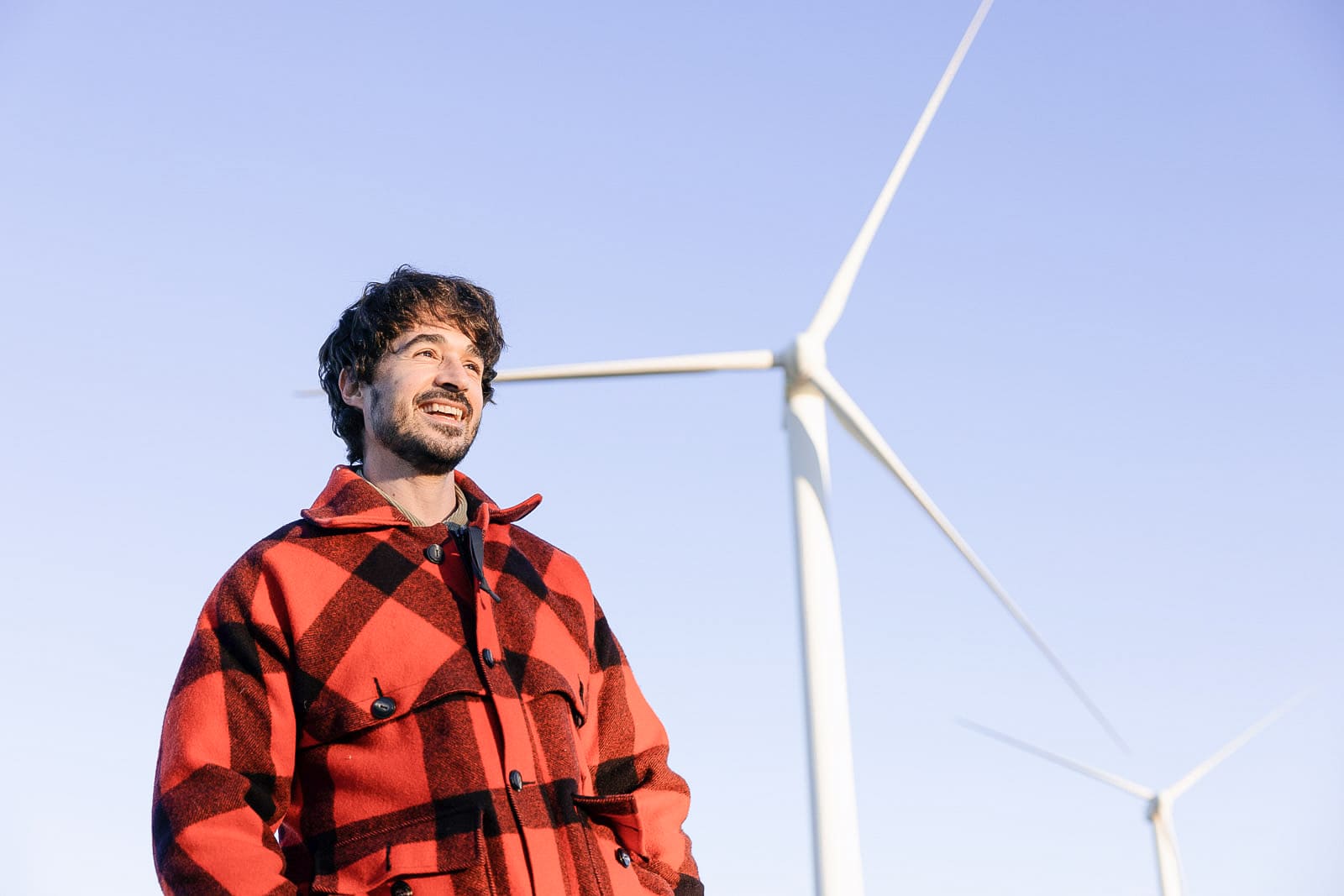14.10.2025 | European Energy Markets Monthly, October 2025
An uneventful September for energy markets
European energy markets remained relatively stable throughout September, supported by seasonally normal weather conditions and limited changes in fuel-switching dynamics. As a result, most prices traded within narrow ranges across major markets.
On the power side, autumn brought temperatures close to seasonal averages across Europe, while above-normal temperatures in Eastern and Northern regions delayed the start of the heating season. Power demand remained weak, with most markets trailing last year’s levels, amid subdued industrial activity and persistent economic headwinds, as indicated by recent purchasing manager indices. In response, several policy initiatives are advancing, including the European Commission’s upcoming Grids Package, expected before Christmas, aimed at accelerating electrification and lowering energy costs. Similar measures are also emerging at the national level, with the German government planning a subsidy scheme to reduce grid fees, a significant component of electricity bills, to support industrial competitiveness.
On the renewables front, solar output was slightly below seasonal norms, while wind generation remained near average across Western and Central Europe. Wetter conditions in the Alpine region and Nordics improved hydrological balances to near normal levels. French nuclear output remained a bearish factor, reaching its highest level for this time of year since 2017. This was supported by reactor restarts and reduced output modulation amid strike-related constraints. Meanwhile, the Flamanville 3 reactor restart has been postponed to mid-October, while Belgium’s Tihange 1 reactor closed recently after 50 years of operation, two months ahead of the permanent shutdown of Doel 2. These closures reduce Belgium’s nuclear capacity and increase import needs during the winter months.
On the gas side, European inventories started September at 78%, below last year’s level. Injections began the month as expected, but cooler weather and planned Norwegian maintenance kept storages from rising above 83% by month-end, which is around 7% below the five-year average. October began with well below-average temperatures and low wind generation, apart from one very windy weekend, triggering some net withdrawals and threatening to stall further stockbuilding. In the meantime, LNG sendouts have continued to rise and are on track to reach a record level for this time of year, although they need to remain high enough to offset the Russian volumes Europe received last year via Ukraine. Meanwhile, European coal-fired generation fell 13% year-on-year, while Amsterdam-Rotterdam-Antwerp (ARA) stocks were largely unchanged as healthy Rhine River levels supported steady barging to consumers.
The carbon market was the strongest performer in September across the European energy complex. Prices ended the month about 3 euros per tonne higher and briefly tested 80 eur/t in early October, the highest since February. The main driver has been sustained buying from investment funds, despite largely unchanged fuel-switching conditions. While such positions are typically short term, they may persist amid the structural tightness expected in the EU Emissions Trading System in coming years.
Looking ahead, fund behaviour amid future price swings remains uncertain, particularly against a potentially weakening macroeconomic backdrop. Nevertheless, speculative activity is likely to remain a key driver of carbon price discovery in the months and years ahead. This will be one of the areas we monitor closely, alongside developments in the 2040 emissions-reduction goal, LNG arrivals, weather fluctuations, and the pivotal meeting between Presidents Trump and Xi later this month, which could prove critical for global trade flows.
Disclaimer
This document is for information purposes only. None of the statements and notes constitutes a solicitation, an offer or a recommendation for conducting any transactions. No warranty, either expressed or implied, is given for the information contained in this document. Actions based on this document made therein are the responsibility of those who undertake them. All liability for damages, which may result directly or indirectly from the use of this document, is disclaimed.
The accuracy, completeness or relevance of the information which has been drawn from external sources is not guaranteed although it is drawn from sources reasonably believed to be reliable. Estimates regarding future developments and other forward looking statements regarding commodities and therewith connected derivatives mentioned in this document may be based on assumptions that may not be realized. Axpo reserves the right to change the views reflected in the document without notice and to issue other reports that are inconsistent and reach different conclusions from the information presented in this document.







